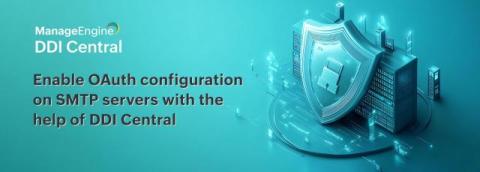A year of firsts for DDI Central-what features await in 2025?
As 2024 draws to a close, we at DDI Central are thrilled to reflect on the innovations and milestones that that solidified DDI Central as the go-to solution for unified DNS, DHCP, and IP address management (IPAM). In January 2024, DDI Central was introduced to the world, marking the beginning of a transformative journey in DNS, DHCP, and IPAM (DDI). With our debut of DDI Central, we set out to redefine how networks are managed—efficiently, securely, and seamlessly.













